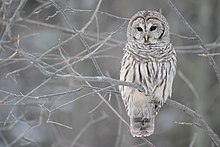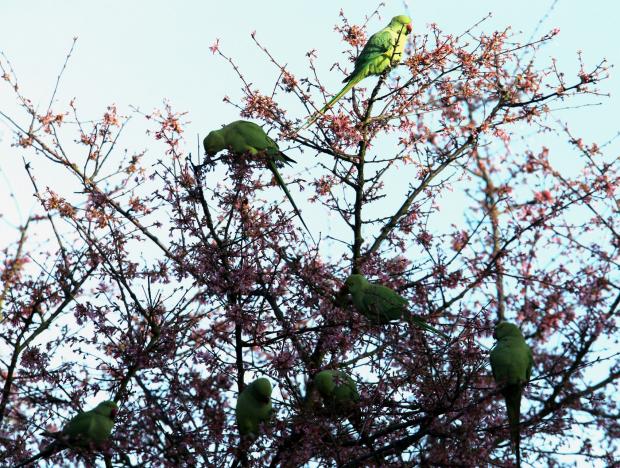By Manolo B. JaraFebruary 21, 2014
MANILA: A shipment of about 100 exotic animals and birds some of which have been included in the world’s “critically endangered” list has been seized by government agents in Surigao City in volatile Mindanao, according to an official of the Department of Environment and Natural Resources (DENR).
Josefina de Leon, the chief of the DENR wildlife division, disclosed the illegal shipment was the handiwork of an international criminal syndicate engaged in the smuggling of exotic wildlife for sale to rich collectors in the Philippines.
The contraband, De Leon said, was seized by DENR agents in Surigao City, Mindanao while they were about to be loaded into an inter-island vessel bound for Manila.
The driver and a helper of a van that brought the exotic animals and birds to the Surigao port have been arrested and charged for violating the country’s law penalising the illegal transport of wildlife, De Leon said. According to De Leon, the law imposes a penalty of six months in jail and a fine of more than $1,000 depending on the rarity of wildlife involved.
Among the wildlife confiscated were four wallabies from Australia and 90 parrots from Indonesia and Papua New Guinea including yellow-crested cockatoos and long-beaked echidnas listed as “critically endangered species” by the International Union for the Conservation of Nature.
Unfortunately, De Leon reported that DENR agents found several of the wildlife already dead apparently due to stress and suffocation as they were placed in small containers.
















